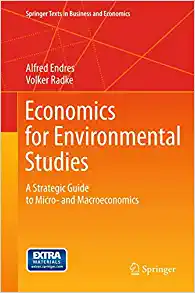Question
Consider the ASAD model of a closed economy with zero ongoing inflation and workers misperceptions. Firms are perfectly competitive, produce output with diminishing marginal returns
Consider the ASAD model of a closed economy with zero ongoing inflation and workers misperceptions. Firms are perfectly competitive, produce output with diminishing marginal returns to labour and have perfect foresight over the price level. Workers, instead, expect zero inflation in each period. At time zero, the economy is in the potential equilibrium. There is a negative shock on aggregate demand - for example, a permanent fall in desired autonomous consumption at time t = 1. What are the effects of the shock on the equilibrium real wage in the short and in the medium run? Describe (at least in words, and even better in a diagram) the entire time path of the real wage from before the shock to the medium-run equilibrium. Prove your statements formally - for example, use the diagram of the labour market where you measure the real wage on the vertical axis, and distinguish the very short run (the temporary equilibrium at time t = 1) from the medium run. Carefully explain the economic intuition for your results and add any comment you may have about the cyclicality of real wages during recessions.
Step by Step Solution
There are 3 Steps involved in it
Step: 1

Get Instant Access to Expert-Tailored Solutions
See step-by-step solutions with expert insights and AI powered tools for academic success
Step: 2

Step: 3

Ace Your Homework with AI
Get the answers you need in no time with our AI-driven, step-by-step assistance
Get Started


